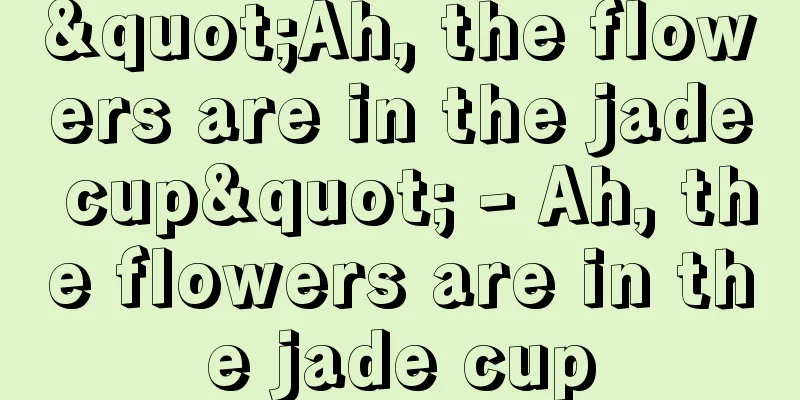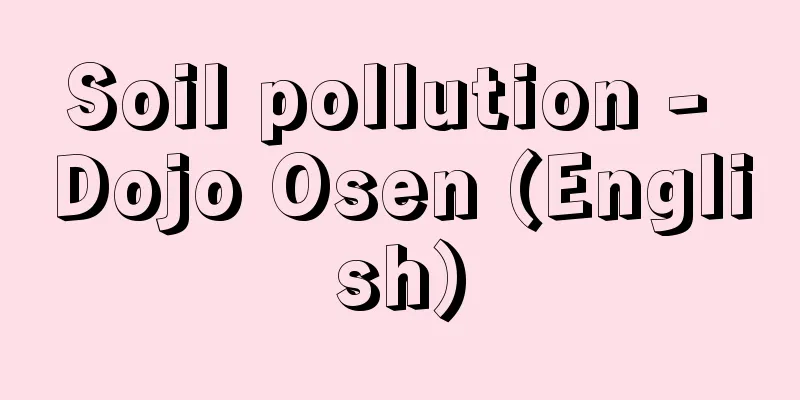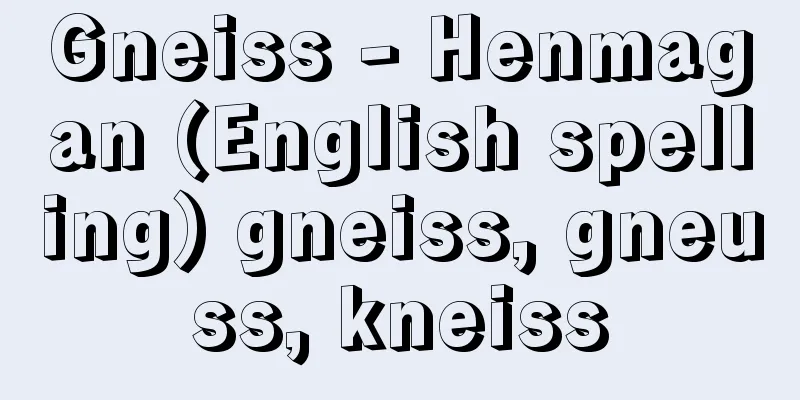Shokei

|
Years of birth and death unknown. A painter-monk from the late Muromachi period. He served as a scribe at Kenchoji Temple in Kamakura and was commonly known as Keishoki. His other name was Hinrakusai. The prevailing theory is that he was from Sagami (Kanagawa Prefecture), but later historical sources (Honcho Gasshi) state that he was the son of Maruyoshi, a painter from Utsunomiya, Shimotsuke (Tochigi Prefecture). In 1478 (Bunmei 10), he went to Kyoto to study painting, and studied under his fellow painter Geiami. During that time, he gained direct access to masterpieces of Chinese painting in the Muromachi Shogunate's collection, and furthered his studies. Geiami's only surviving work, "Viewing a Waterfall" (owned by the Nezu Museum), was given to Shokei as a farewell gift by Geiami on his return to his hometown in 1420, according to a commentary by Yokokawa Keizo. It is also confirmed by Jingxu Shurin's Hanlin Huluoshu that he also went to Kyoto in 1493. A considerable number of his works remain, and his repertoire is wide, including landscapes, figures, and flowers and birds. His representative work, Landscapes (Nezu Museum), faithfully reflects the style of his master Geiami, but he later moved to a more plain and simple style of painting, as seen in Eight Views of Xiaoxiang (Hakutsu Museum). Several older style study paintings, such as Suoxuesai (Seikado Bunko Art Museum), have also been handed down. His Horses (Nezu Museum) and Flowers and Birds (Kanagawa Prefectural Museum) are colored copies of probably first-class Chinese paintings, and are of extremely high skill. He introduced the latest styles from the center to the eastern provinces, and had an overwhelming influence on the Kanto art world in the late Muromachi period. Painters who are thought to have been his disciples include Keison, Keimoku, and Keisetsusai. <References> "Complete Collection of Japanese Art Paintings" Volume 6, Tokyo Metropolitan Teien Art Museum "Muromachi Art and the Sengoku Art World" (Yuji Yamashita) Source: Asahi Japanese Historical Biography: Asahi Shimbun Publications Inc. About Asahi Japanese Historical Biography |
|
生年:生没年不詳 室町後期の画僧。鎌倉建長寺の書記を勤め,啓書記と通称される。別号貧楽斎。相模(神奈川県)出身とする説が有力だが,下野(栃木県)宇都宮の画家丸良氏の子とする後世の史料(『本朝画史』)もある。文明10(1478)年に画事の修業のため京都に上り,同朋の芸阿弥に師事。その間,室町幕府所蔵の中国絵画の名品に直接ふれて研鑽を積んだ。芸阿弥の唯一の現存作品「観瀑図」(根津美術館蔵)は,横川景三の賛文によれば文明13年祥啓の帰郷の際に,はなむけとして芸阿弥から贈られたものである。また,明応2(1493)年にも上洛したことが景徐周麟 の『翰林葫蘆集』によって確認される。作品はかなりの数が残っており,山水,人物,花鳥とそのレパートリーも幅広い。代表作「山水図」(根津美術館蔵)は,師芸阿弥の作風を忠実に反映したものだが,その後,「瀟湘八景図帖」(白鶴美術館蔵)にみられるような,より平明で淡泊な画風に移行した。また「巣雪斎図」(静嘉堂文庫美術館蔵)のような,古い形式の書斎図の作品も数点伝わる。「馬図」(根津美術館蔵),「花鳥図」(神奈川県立博物館蔵)は,おそらく第一級の中国絵画を模写した着色画であるが,その技量はきわめて高度である。東国に中央の最新の様式を伝え,室町後期の関東画壇に圧倒的な影響力を持った。弟子と推測される画家に啓孫,啓牧,啓拙斎らがいる。<参考文献>『日本美術絵画全集』6巻,東京都庭園美術館『室町美術と戦国画壇』 (山下裕二) 出典 朝日日本歴史人物事典:(株)朝日新聞出版朝日日本歴史人物事典について 情報 |
Recommend
Schwob, Marcel
Born: August 23, 1867. Chabir [Died] February 26, ...
pustule
… Pemphigus vulgaris is an intractable disease th...
Combes, E. (English spelling) CombesE
…French political party. Its official name is the...
Indian cotton tree - Indian cotton tree
Please see the "Papaya Tree" page. Sour...
Cochineal insects
A species of insect in the Hemiptera family, Diasp...
Ezo Hotoke - Ezo Hotoke
...The common loach is also found in Hokkaido, bu...
Paul Van Tieghem
1871‐1948 French scholar of comparative literature...
The Story of Rikuunsen
A long narrative poem written in Chu Nom by Nguyen...
Garnett, J.
… Taylor was a Manchester cotton manufacturer and...
Continental Congress
The central organization of the 13 colonies during...
Tsugaru Current - Tsugaru Current
A warm current that flows out of the Tsugaru Strai...
Sridhara (English spelling)
...Pātā is a collection of completely mechanical ...
Heliopais personata (English spelling) Heliopaispersonata
...General term for birds of the Heliornithidae f...
Neo-Baroque style
The term refers to the revival of the Baroque arch...
Cantilever beam
A cantilever is a beam with one end fixed and the ...









